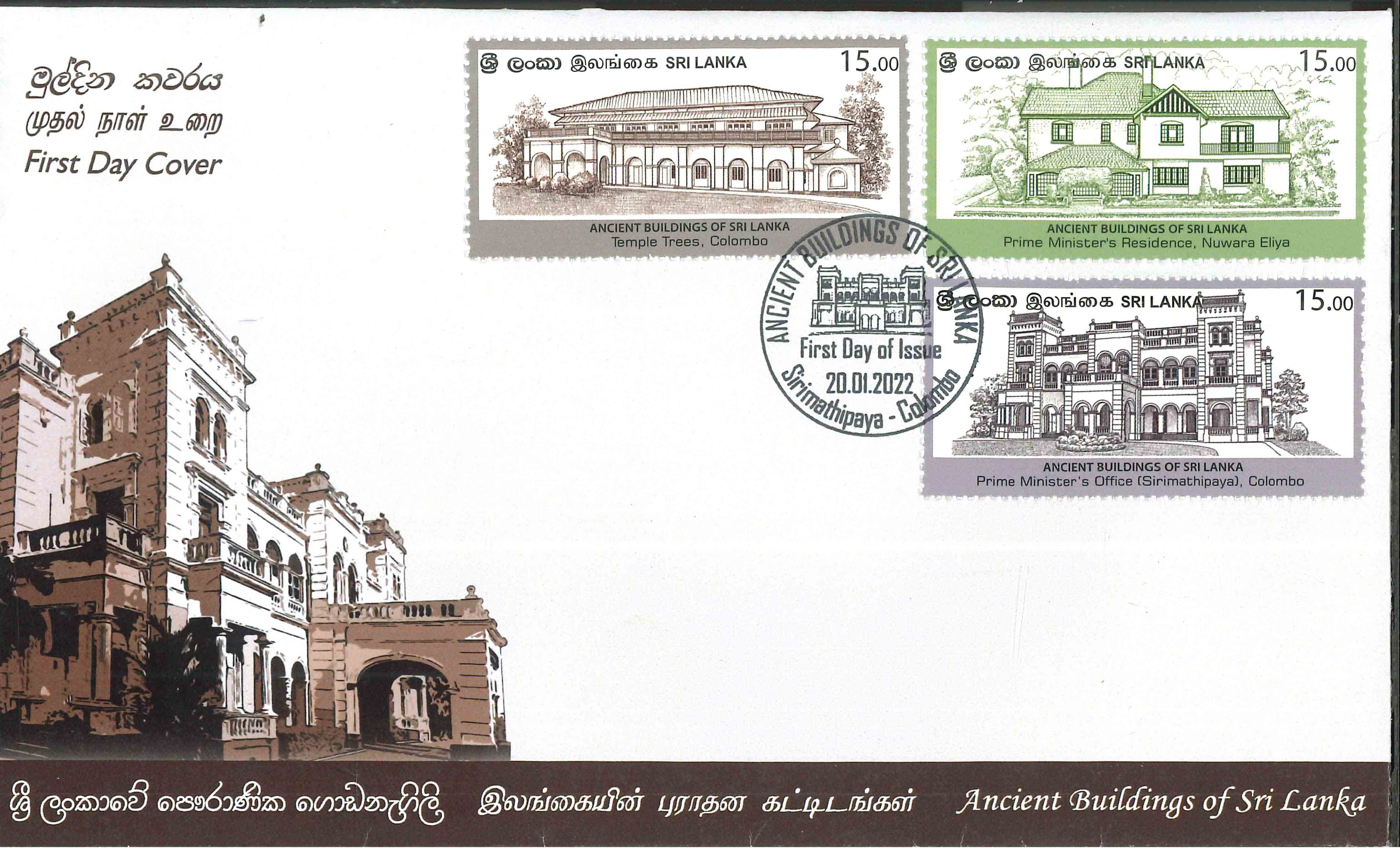The Mansion built by P.A. Lawrence, an Englishman who was a legislator, at Queen Elizabeth Drive, is currently the official residence of the Prime Minister of Sri Lanka which is located at No. 41, Grand Hotel Road, Nuwara Eliya. It is also known as the Prime Minister's Lodge. This building is finished with British architectural features, and it especially reflects the Victorian architectural features of British architecture.
This Prime Minister's residence has been built on a land of 35 acres. Engineered bricks and cement mortar is used to build the walls of this two-storey building. The floor is made of cement and wood. It is assumed that the wood was probably oak transported to this country by ships from England. The curb is finished with cement mortar. The walls are made of brick and rough cement plaster has been used for the outer walls of the upper floor. For the exterior walls of the ground floor, plastered infill has been done to expose normal engineered bricks. The interior walls are finished with smooth plaster.
Sirimathipaya Mansion, Temple Trees, and Prime Minister's Official Residence, NuwaraEliya Commemorative Stamp

The roof is made up of four-pitched roof and two-pitched roof sections. Clay roofing tiles were used and bedded with ash cement. Doors and windows are made of wood and glass. Some of the door frames are decorated with wooden beads. Doors that open outwards are square-framed and the reveals are made in oval shape at the top. All windows are square framed and the window reveals are made in oval shape at the top.
The rooms are allocated as the Main Entrance, Inner Entrance, Powder Room, Lobby, Office Room, Living room, Front Porch, Dining Room, 04 bedrooms, Changing Rooms, Toilets, Pantry, 02 Store Rooms, Old Stoves, Kitchen, Laundry, Rooms for staff members, etc. Also, there are many pieces of furniture that represent the British period.
This Prime Minister's Official Residence has been registered as an archaeological protected monument by Gazette No. 1486 dated 23.02.2007, and during the year 2015 – 2016, it was conserved under the supervision of the Department of Archaeology.



